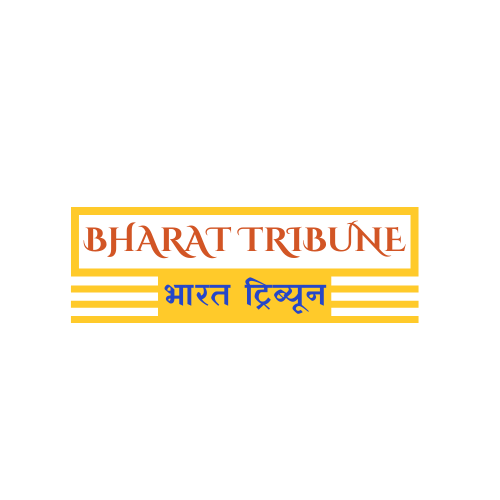In today's rapidly evolving educational landscape, technology plays a pivotal role in shaping the way educators teach and students learn. EdTech tools are no longer a luxury but a necessity for modern educators striving to create engaging, effective, and inclusive learning environments. This post will explore essential EdTech tools that can transform your teaching practices and enhance student outcomes.
1. Learning Management Systems (LMS)
- What is it? An LMS is a software application that provides a framework for all aspects of the learning process. It allows educators to create, deliver, and manage educational content.
- Why is it essential? LMS platforms like Moodle, Canvas, and Google Classroom streamline course management. They facilitate easy distribution of materials, assignment submissions, grading, and communication. Key features include:
- Centralized Content: All learning materials in one place.
- Assessment Tools: Quizzes, assignments, and grading features.
- Communication Channels: Discussion forums, announcements, and messaging.
- How to use it effectively:
- Organize your course content logically into modules.
- Use built-in assessment tools to provide timely feedback.
- Encourage student interaction through discussion forums.
2. Interactive Whiteboards and Presentation Tools
- What is it? These tools transform traditional lectures into interactive experiences. Interactive whiteboards like SMART Board and software like Prezi and Nearpod create dynamic presentations.
- Why is it essential? Interactive tools boost student engagement by making lessons visually stimulating and participatory. Key benefits include:
- Visual Learning: Engaging visuals that cater to different learning styles.
- Real-time Collaboration: Interactive quizzes, polls, and group activities.
- Enhanced Presentations: Dynamic and non-linear presentation formats.
- How to use it effectively:
- Incorporate multimedia elements like videos, images, and animations.
- Use interactive quizzes and polls to gauge student understanding.
- Encourage students to present and share their work using these tools.
3. Digital Collaboration Platforms
- What is it? Platforms like Google Workspace (Docs, Slides, Sheets) and Microsoft Teams enable real-time collaboration on documents, projects, and assignments.
- Why is it essential? Collaboration tools foster teamwork, communication, and peer learning. Key benefits include:
- Real-time Co-authoring: Multiple students can work on the same document simultaneously.
- Version Control: Track changes and revisions easily.
- Seamless Integration: Compatible with various devices and operating systems.
- How to use it effectively:
- Assign group projects that require collaborative writing and editing.
- Use shared documents for brainstorming and note-taking during class.
- Provide feedback and comments directly within the documents.
4. Assessment and Feedback Tools
- What is it? Tools like Quizizz, Kahoot!, and Socrative offer interactive quizzes and assessments that provide immediate feedback to students.
- Why is it essential? Immediate feedback helps students identify areas for improvement and reinforces learning. Key advantages include:
- Gamified Learning: Engaging and fun quiz formats.
- Real-time Results: Instant feedback on student performance.
- Data-Driven Insights: Analytics to identify learning gaps and trends.
- How to use it effectively:
- Use quizzes as formative assessments to check for understanding.
- Incorporate game elements to motivate students.
- Analyze quiz results to tailor instruction and address learning gaps.
5. Accessibility and Assistive Technology
- What is it? Tools like text-to-speech software, screen readers, and customizable interfaces ensure that all students can access and engage with learning materials.
- Why is it essential? Accessibility tools promote inclusive learning by accommodating diverse learning needs. Key features include:
- Text-to-Speech: Converts written text into audio.
- Screen Readers: Reads on-screen content aloud for visually impaired students.
- Customizable Interfaces: Adjust text size, colors, and layouts for better readability.
- How to use it effectively:
- Provide alternative formats of learning materials (e.g., audio, video, transcripts).
- Use accessibility checkers to ensure your content is accessible.
- Train students on how to use assistive technologies effectively.
6. Video Conferencing Tools
- What is it? Platforms like Zoom, Google Meet, and Microsoft Teams enable virtual classrooms and remote instruction.
- Why is it essential? Video conferencing tools provide a virtual space for live instruction, discussions, and collaboration, making remote and hybrid learning possible. Key benefits include:
- Real-time Interaction: Live video and audio communication.
- Screen Sharing: Ability to share presentations, documents, and applications.
- Recording and Playback: Record sessions for later viewing.
- How to use it effectively:
- Establish clear guidelines for online behavior and participation.
- Use breakout rooms for small group discussions.
- Record sessions for students who cannot attend live.
By integrating these essential EdTech tools into your teaching practices, you can create dynamic, engaging, and inclusive learning environments that prepare students for success in the 21st century. Embrace technology to transform your classroom and empower your students to thrive.




